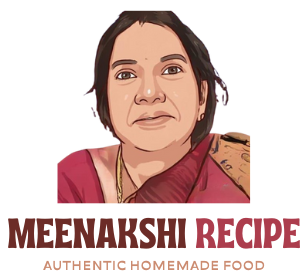Rava — also known as suji or semolina — is a staple in Indian kitchens. Whether you’re whipping up a comforting bowl of upma, a delicious rava dosa, or a sweet kesari bath, the type of rava you choose can make all the difference in taste and texture.
But with so many varieties available, you might be wondering:
👉 Which is the finest rava?
Let’s dive into the different types of rava, how they are made, and which one is considered the finest — both in texture and quality.
🧂 What Is Rava?
Rava is a form of coarse flour made from durum wheat, which is known for its high protein and gluten content. It’s created by milling wheat to remove the bran and germ, leaving behind the starchy endosperm which is then ground into different textures — from coarse to fine.
🧵 Types of Rava (Based on Texture)
Here are the common varieties of rava you’ll find in Indian markets:
1. Coarse Rava
Texture: Gritty, grainy
Uses: Upma, rava dosa, porridge, rava idli
Flavor: Slightly nutty and robust
2. Medium Rava
Texture: Balanced between coarse and fine
Uses: Versatile — works for both sweets and savory dishes
Popular Choice for many traditional recipes
3. Fine Rava (also called Chiroti Rava or Bombay Rava)
Texture: Very smooth and soft, almost flour-like
Uses: Sweets like Kesari Bath, Rava Laddu, Halwa, and even pastries or cakes
Dissolves easily when cooked and gives a melt-in-the-mouth texture
✅ This is what most people refer to when they say “the finest rava.”
🥇 So, Which Is the Finest Rava?
The finest rava is Chiroti Rava, also known as:
Bombay Rava (in North India)
Fine Sooji
Upma Rava (in finer grind)
Maida Rava in some regions
This ultra-fine rava is soft to the touch, almost like talcum powder, and cooks quickly without leaving a gritty mouthfeel. It’s especially valued in dessert making because it absorbs flavors and liquids evenly.
🍬 Why Use Fine Rava?
Here’s why fine rava is preferred for many recipes:
| Advantage | Description |
|---|---|
| ✅ Quick cooking | Cooks faster than coarse rava |
| ✅ Smooth texture | Great for soft, silky dishes like halwa |
| ✅ Absorbs flavors well | Blends with sugar, ghee, milk beautifully |
| ✅ Ideal for baking | Can be used in cakes and cookies |
🍽️ Dishes Best Made With Fine Rava
Kesari Bath (Sooji Halwa) – for a smooth, pudding-like texture
Rava Laddu – binds well and melts in the mouth
Sheera – rich and creamy sweet dish
Chiroti – the delicate Karnataka sweet from which this rava gets its name
Semolina Cakes – for soft crumb and perfect texture
🛍️ How to Choose the Finest Rava in Stores
When buying, look for:
“Fine Rava” or “Chiroti Rava” label
Uniform, powdery texture without visible granules
Fresh aroma (shouldn’t smell musty or oily)
Reputable brand or local mill
💡 Tip: If in doubt, gently rub a pinch between your fingers. If it feels soft and floury, it’s fine rava.
🔒 Storing Fine Rava
To preserve the quality of fine rava:
Store in an airtight container
Keep in a cool, dry place
In humid climates, refrigerate or freeze for longer shelf life
Lightly roast before storage to avoid insects
📝 Final Thoughts
If you’re aiming for dishes that are smooth, rich, and soft in texture, then fine rava (Chiroti Rava) is your best pick. It’s truly the finest rava in both texture and versatility, especially for sweets and delicate preparations.
